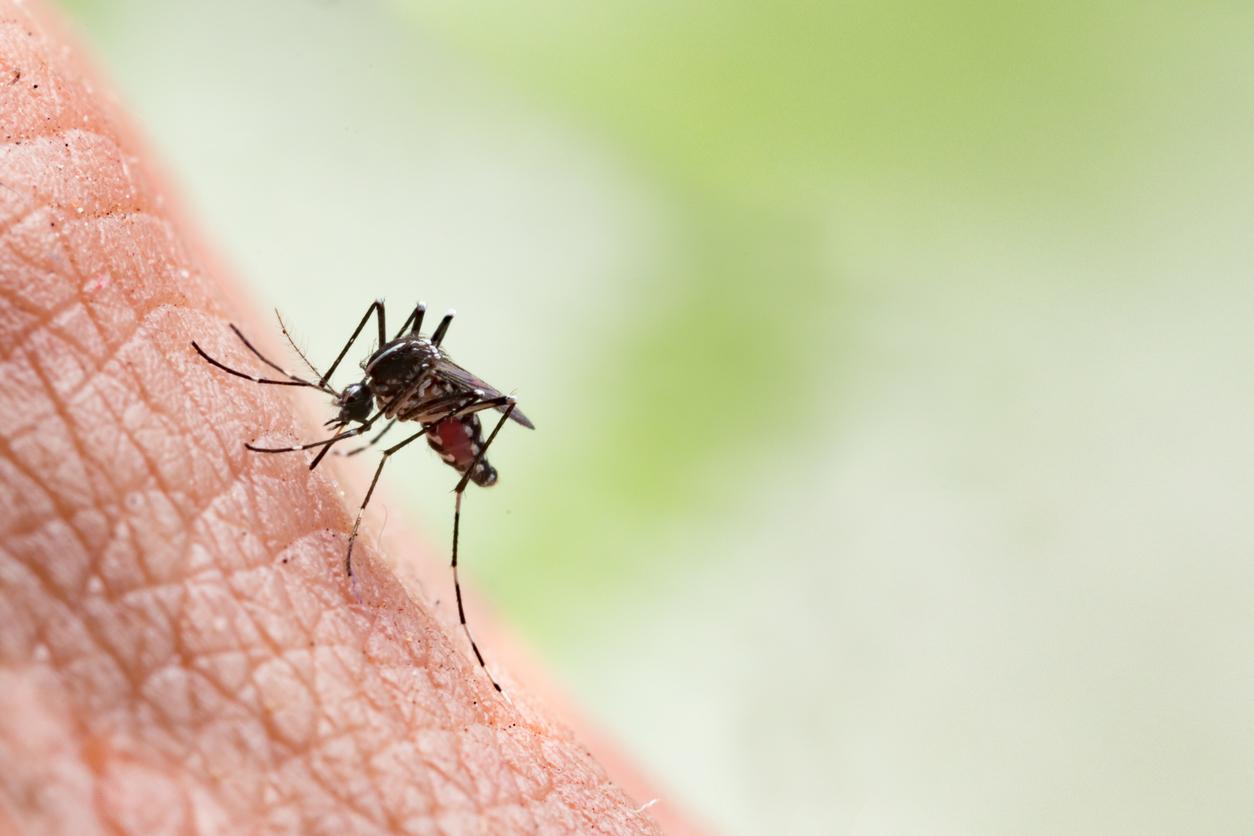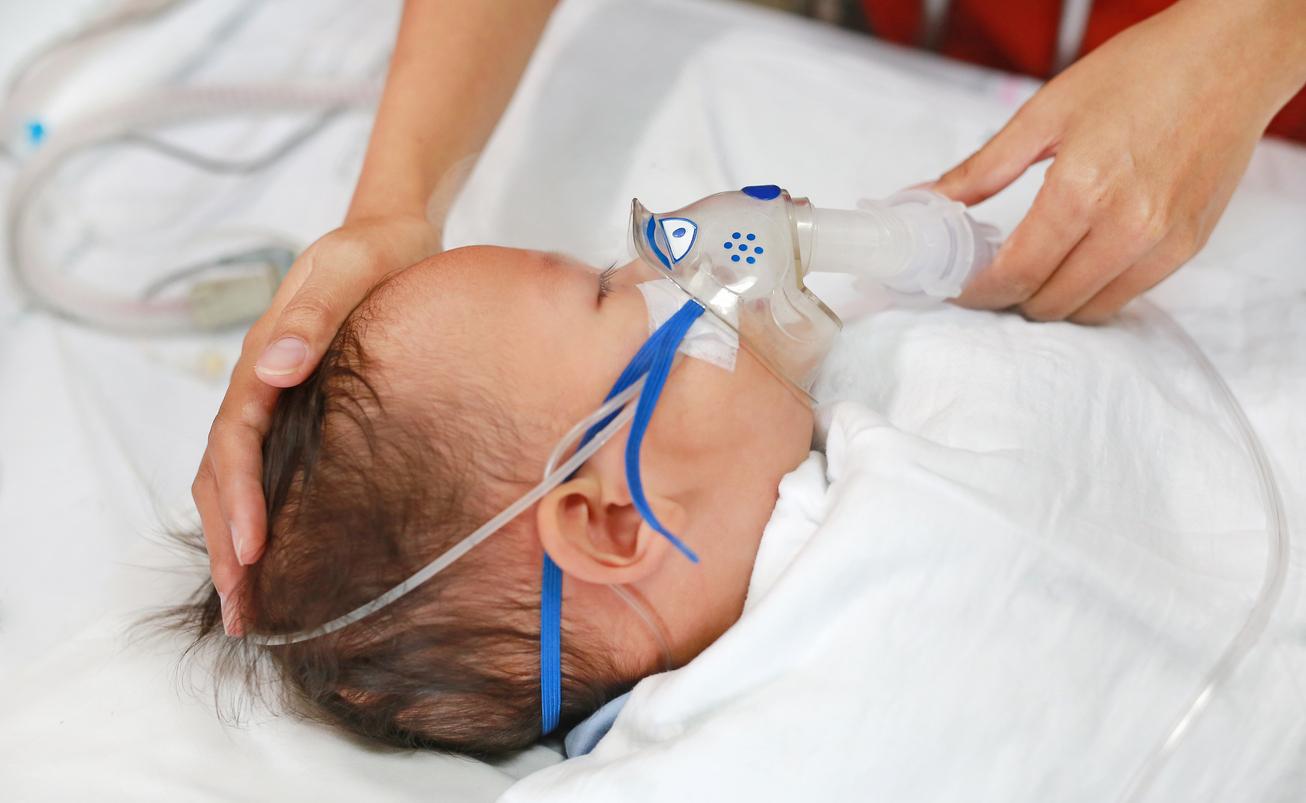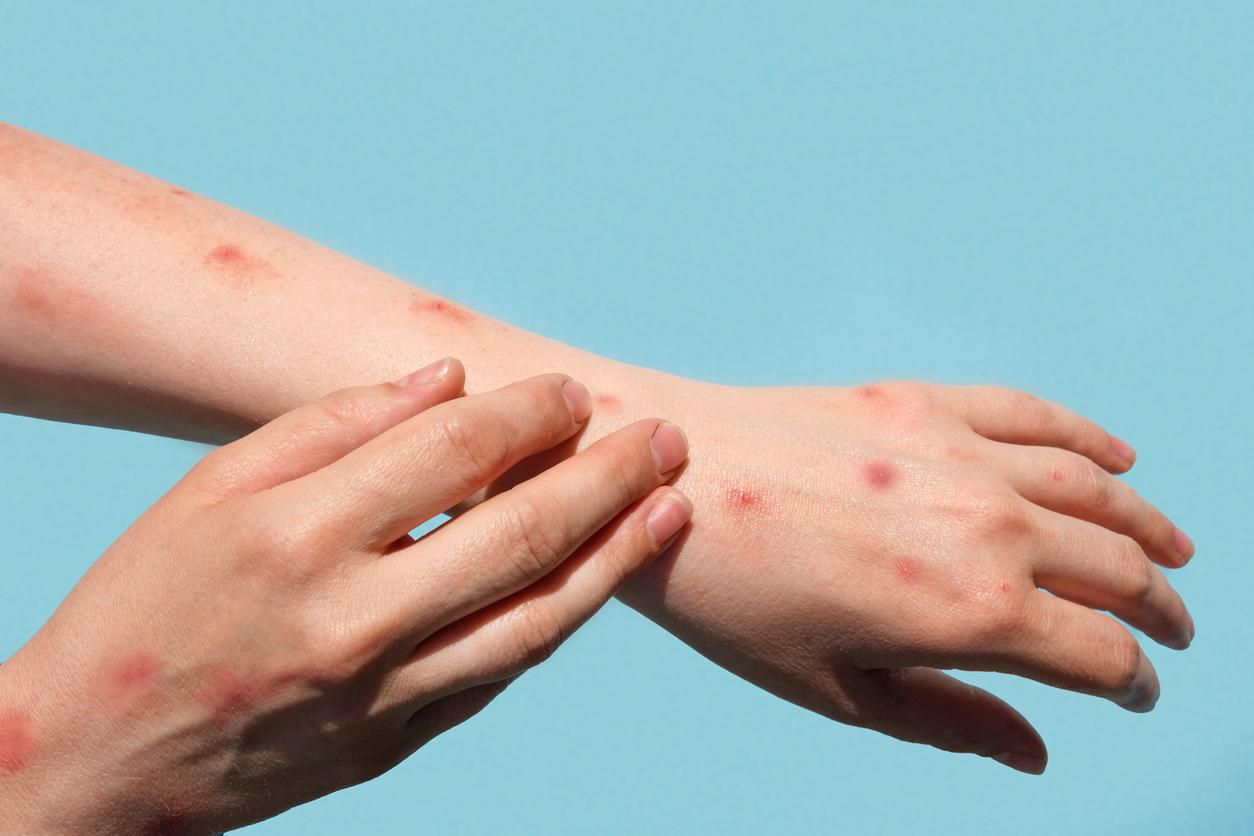Europe is facing a hepatitis A epidemic that affects men who have sex with men (MSM) more. They represent three out of four cases.

Hepatitis A is on the rise on the European continent. More than 11,000 cases have been reported since the start of the year. According to the European Center for Disease Control and Prevention (ECDC), 19 countries – including France – are affected by this epidemic. The circulation of the virus is particularly intense.
Compared to previous years, the number of diagnoses is four times higher over the same period. No wonder: a real peak in contamination occurred from March. A delay in access to healthcare could explain this explosion. This makes the European authorities fear a sharp increase in the coming months.

Source : ECDC
Populations at risk …
Geographically, the epidemic is fairly equitable, and affects many countries. But it affects the male population in a disproportionate way. The ECDC counts four to five male cases for a woman. Across Europe, three quarters of cases concern men who have sex with men (MSM).
The finding is similar in France, where 80% of diagnoses are made on male patients. A glaring imbalance compared to previous years, indicates Public health France.

Source : Public health France
This distribution owes nothing to chance. Europe is one of the areas with low infection rates. As the World Health Organization explains (WHO), hepatitis A “can occur in adolescents and adults belonging to high risk groups” such as MSM, but also injecting drug users.
… or in a precarious situation
But the lack of personal hygiene, often associated with hepatitis A, also promotes the circulation of the virus. In Slovakia, for example, precarious ethnic minorities like the Roma have had to contend with 13 disease outbreaks.

According to the ECDC, the current epidemic is due more to sexual transmission than to food contamination, the most frequent mode of contamination in the world. When this is reported, the number of cases remains limited. France, Germany and Belgium, for example, reported 6 foodborne outbreaks. On average, 15 cases were associated with it.
.

















